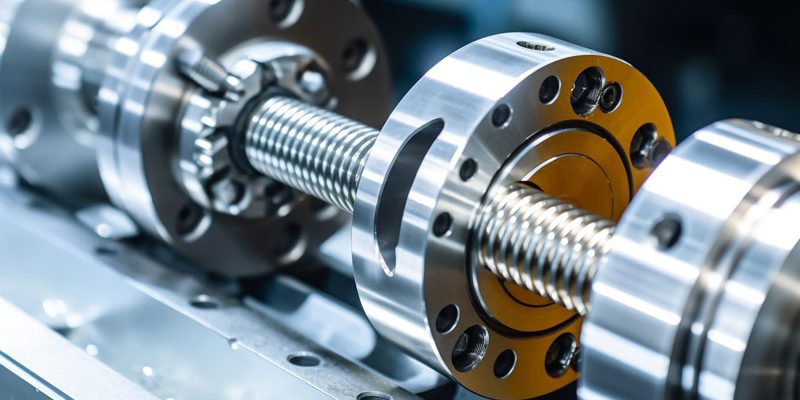4 Methods to Ensure Consistent Cut Depths in CNC Part Machining
1: Surface Mapping
Mapping the surface is a simple and reliable method to ensure that the surface to be used is quite flat and true. Surface treatment is essentially a mechanical method where the entire surface is milled, often in thousands of small steps, until the entire surface is reasonably and uniformly flat. Qualification passes are typically the first step observed in the workshop or during online milling. This is done for various reasons, with one of the most important being to ensure surface flatness.
2: Using Spring-Loaded Engraving Tools
If basic engraving or part marking work is needed, especially when the surface is somewhat irregular, spring-loaded engraving tools may be just what the doctor ordered. There are several types of spring-loaded tools, with the popular versions being the spring-loaded versions of traditional split-shank engraving tools and the spring-loaded ‘drag engraving’ or ‘scribe’ tools.
3: Mapping Irregular Surfaces with a Touch Probe System
Depending on the type of milling machine used, a touch probe system can be used to ‘map’ the surface by repeatedly touching the workpiece. Mapping with a touch probe can be a faster solution, and the surface map created by the touch probe typically includes key details about what you want to probe: the size of the probing area, spacing of probe points, and so on.
4: Surface Mapping and Image Projection in CAM with CMM
This process involves several steps, but for brevity, let’s summarize it step by step:
1). Mount the workpiece on the CMM (Coordinate Measuring Machine).
2). Manually measure as many points as possible to capture all surface variations in the working area.
3). Export the obtained point cloud to CAD software.
4). Create spline curves linking the measured points to create a 3D surface map.
5). Export the 3D surface map to CAM software.
6). Project the draft/machining features onto the 3D surface.
7). Generate the required tool paths and send the cutting file to the CNC machine.
8). Load the workpiece onto the CNC machine and run the part.
————————————
For any CNC machining service requirements, feel free to contact the 2F Prototypes team. Email: info@2fprototypes.com

